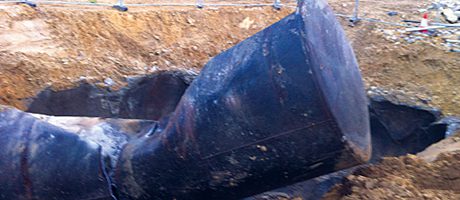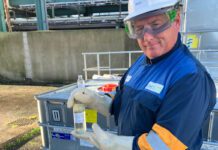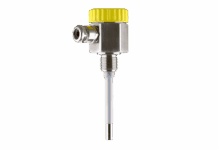
IT eventually happens to every tank – it needs to go. But it has to be done safely and when a demolition company won a contract to prepare a site for a new supermarket it turned to King Tanktechnic for help.
The former fuel forecourt had not been used for some time and the underground storage tanks – four of them of 45,000 litres capacity – needed to be cleaned and degassed in readiness for removal. With the weather in their favour, the company’s technicians were able to reduce their time on site, an improvement appreciated by the demolition team.
The work began with an internal cleaning and washing process to remove as much sludge as possible. The tank lids were then removed by the technicians who entered the structures wearing breathing apparatus to remove the remaining sludge and contaminants to prevent the surrounding land being affected.
That was followed by high pressure washing of the tank internally and removal of the water/waste fuel mix with a specialised vacuum tanker. Air is then passed through the newly-cleaned tank until testers confirm the tank is free of explosive gas, allowing King Tanktechnic to issue a ‘gas free’ certificate, signalling that the tanks are safe to cut up and discard or recycle. That part of the operation was carried out using the demolition company’s heavy equipment.
Such visible evidence of the size of storage tanks should prompt greater consideration of their safety according to King Tanktechnic. A spokesman said: “These tanks are gone and the metal will be recycled, the site will be re-used as a shiny new supermarket and all is well.
“But as you travel around and use your filling stations remember what is beneath your feet, ask your service station manager who looks after his/her storage tanks. Do you work at or live near a fuelling station? Are the tanks beneath the ground intact? Do they need cleaning and repair?
“If we all ask these questions ultimately we will have a safer environment for our families and safer vehicles too.”
Image – The demolition company’s equipment was used to cut up the old tanks.






